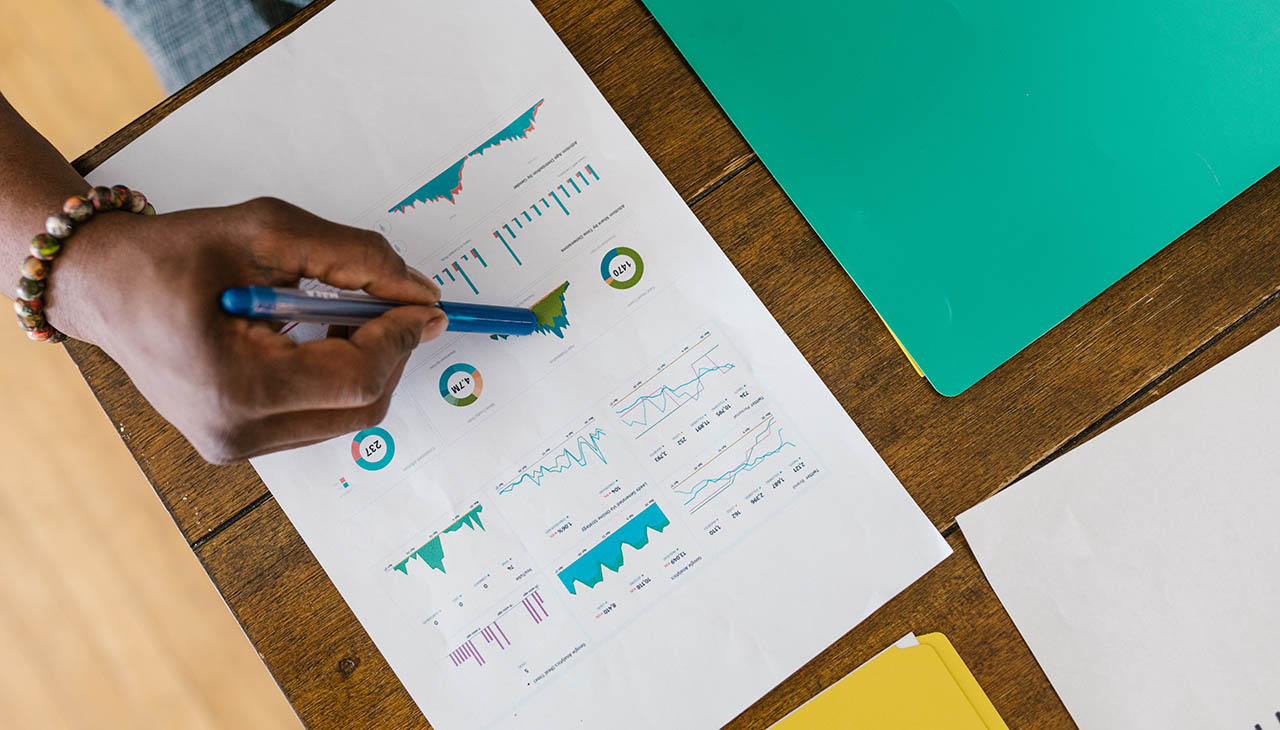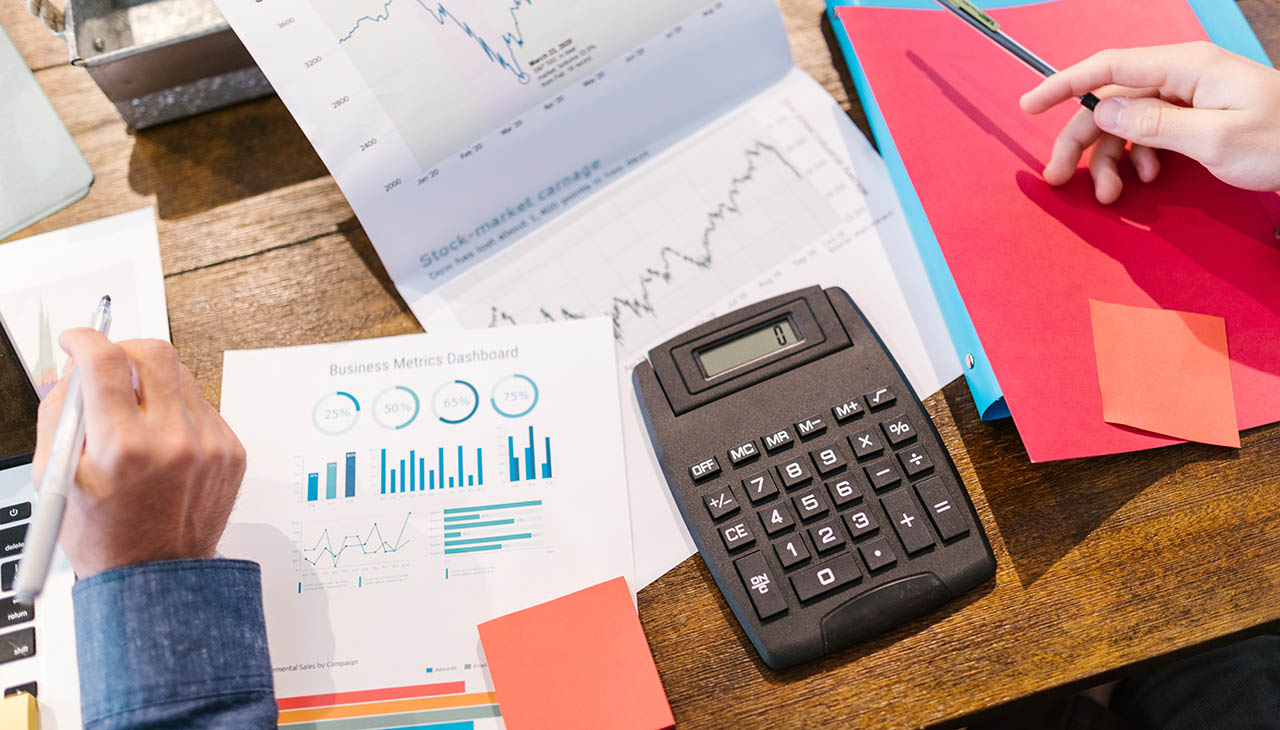The world of forex trading has been transformed by the rise of social trading. This collaborative approach to trading allows traders to connect and share knowledge, insights, and strategies in real-time. With the help of social trading platforms, traders can now easily follow and mimic the trades of successful traders, regardless of their level of expertise. In this article, we will explore the benefits of social trading and why it has become such a popular trend in the world of forex trading.
Benefits of Social Trading
Social trading has several benefits for traders, including:
- Access to a community of traders: Social trading provides traders with access to a global community of other traders. This can be particularly useful for those who are new to the world of forex trading and are looking for guidance and support from more experienced traders.
- Ability to learn from experienced traders: Social trading allows traders to follow and learn from experienced traders in real time. This can help to improve their trading strategies and decision-making processes.
- Increased transparency and accountability: Social trading platforms often provide traders with greater transparency and accountability. Traders can see the performance of other traders in the community and can hold them accountable for their trades.
- Reduced risk through diversification: Social trading allows traders to diversify their portfolios by following multiple successful traders. This can help to reduce the risk of losses and increase the potential for profits.
Overall, social trading can be a valuable tool for traders, providing them with access to a community of traders, the ability to learn from experienced traders, increased transparency and accountability, and reduced risk through diversification.
How Social Trading Works
Social trading works by leveraging technology to allow traders to connect, share information, and follow the trades of other traders. Here’s how it works:
- Social Trading Platforms: Social trading platforms provide traders with a community marketplace where they can interact, share ideas, and copy each other’s trades. These platforms often have features such as chat rooms, forums, and news feeds.
- Following Successful Traders: Social trading platforms allow traders to follow and monitor the trades of successful traders in real time. Traders can choose who to follow by looking at their performance history, risk level, and trading strategy.
- Mimicking Trades: Once a trader has identified a successful trader to follow, they can mimic their trades through the social trading platform. This means that whenever the successful trader opens or closes a trade, the same action will be taken in the trader’s account.
- Customization: Many social trading platforms allow traders to customize their level of involvement in the social trading community. For example, traders can choose to follow and copy other traders, or they can simply use the platform to gain insights and ideas from other traders.
Overall, social trading platforms provide traders with a way to connect, collaborate, and learn from one another. By following successful traders and mimicking their trades, traders can potentially increase their profits while also reducing their risk.
Potential Drawbacks of Social Trading
While social trading can be a useful tool for traders, there are also some potential drawbacks to consider:
- Overreliance on others’ decisions: When traders rely too heavily on the decisions of other traders, it can lead to a loss of control over their own trading strategies. This can be particularly dangerous if the traders they are following have different risk tolerances or investment goals.
- Risk of Scams and Frauds: Social trading platforms are not immune to scams and fraud. It is possible for traders to misrepresent their performance history, or for others to manipulate the market through coordinated trades.
- Limited Customization: While social trading platforms allow traders to follow and copy successful traders, they may not provide as much flexibility in terms of customization. This can limit a trader’s ability to tailor their trading strategies to their unique needs and goals.
- Performance Disparities: Even successful traders can experience losses from time to time. This means that traders who mimic the trades of successful traders may also experience losses, even if the successful trader they are following has a good track record.
Overall, social trading can be a powerful tool for traders, but it is important to approach it with caution. Traders should carefully evaluate the performance history and risk levels of the traders they are following and should use social trading as part of a broader trading strategy.
Conclusion
In conclusion, social trading is a rapidly growing trend in the world of forex trading. It provides traders with access to a community of other traders, the ability to learn from experienced traders, increased transparency and accountability, and reduced risk through diversification. However, there are also potential drawbacks to consider, such as the risk of overreliance on others’ decisions, scams and frauds, limited customization, and performance disparities. Traders should approach social trading with caution, evaluating the performance history and risk levels of the traders they follow, and using it as part of a broader trading strategy. Overall, social trading has the potential to be a valuable tool for traders, but it is important to use it wisely.



